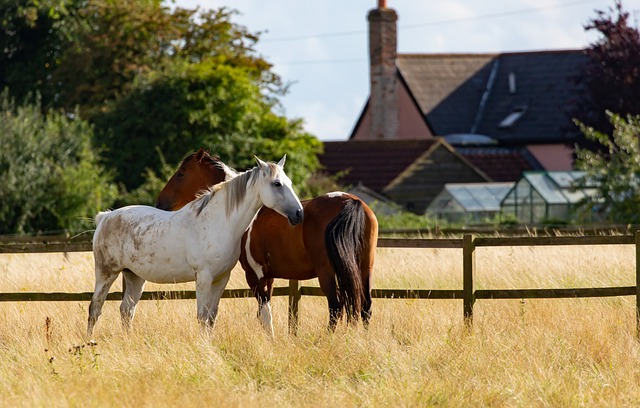Cost-Effective Fencing Solutions for Large Properties: Securing Your Space Without Breaking the Bank
Owning a large property presents unique fencing challenges. This article explores practical, cost-effective solutions for safeguarding your expansive land while managing budget constraints. We delve into contrasting traditional and modern fencing options, offering installation tips to ensure longevity and maximize savings. Additionally, discover proven maintenance strategies that minimize ongoing expenses, allowing you to enjoy a secure, beautiful fence without exceeding your financial limits.
- Understanding Fencing Needs for Large Properties
- Traditional vs Modern Cost-Effective Options
- Installation Tips for Longevity and Budget Savings
- Maintenance Strategies to Keep Costs Low
Understanding Fencing Needs for Large Properties
Large properties present unique challenges when it comes to fencing, as the scale and diverse landscape demand tailored solutions. Understanding the specific needs of such properties is essential for selecting the right fencing system. The primary considerations include providing security and privacy for residents, defining property boundaries, and integrating aesthetically with the natural surroundings.
These expansive areas often feature varied terrain, from lush gardens to open fields, requiring versatile fencing materials and designs that can adapt without compromising structural integrity or visual appeal. Additionally, large properties may require longer fences, necessitating cost-effective options that can be easily maintained over extensive lengths while ensuring durability against potential environmental factors.
Traditional vs Modern Cost-Effective Options
In the realm of fencing, traditional methods have long been the go-to option for large properties due to their durability and classic aesthetics. However, with evolving times and advancements in materials science, modern cost-effective fencing solutions have emerged as game-changers. While traditional fences offer a proven track record, they often come at a premium price and require extensive installation processes.
On the contrary, contemporary options boast innovative designs and advanced manufacturing techniques, making them both budget-friendly and quick to install. These modern fences are not just functional but also contribute to the overall curb appeal of a property. They provide similar security and privacy benefits as their traditional counterparts while offering greater flexibility in terms of customization and maintenance.
Installation Tips for Longevity and Budget Savings
When installing fencing for large properties, prioritizing longevity and budget savings is essential. One effective tip is to choose materials that can withstand harsh weather conditions and potential damage from wildlife or passing vehicles. Opting for durable, high-quality fences like steel or vinyl can prevent frequent replacements, significantly saving long-term costs.
Additionally, proper installation techniques contribute to the fence’s longevity. Ensure a solid foundation by preparing the ground thoroughly before planting posts. Use concrete to anchor them firmly, preventing swaying or shifting over time. Regular inspection and maintenance, such as tightening connections and repairing any damage promptly, will also extend the life of your fencing system while keeping costs under control.
Maintenance Strategies to Keep Costs Low
Regular maintenance is key to keeping fencing costs low over time. A simple cleaning routine, including brushing and hosing down the fence, can prevent buildup of dirt and debris that may damage the material. This also helps to extend the life of the paint or coating, reducing the need for frequent repairs or replacements.
Another cost-saving strategy is to inspect the fence regularly for any signs of wear and tear, such as loose or missing boards, rusted posts, or damaged hinges. Addressing these issues promptly can prevent small problems from escalating into more expensive repairs. Additionally, keeping the area around the fence clear of overgrowth, like trees or brush, will reduce friction against the fence, minimizing wear and maintaining its structural integrity.
